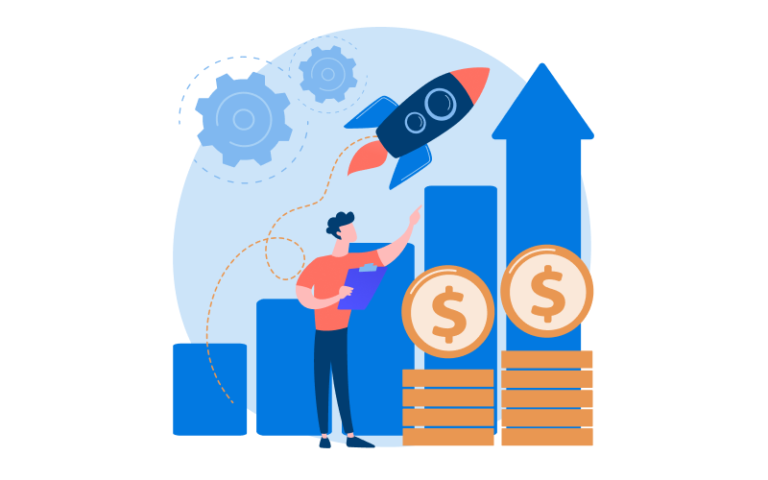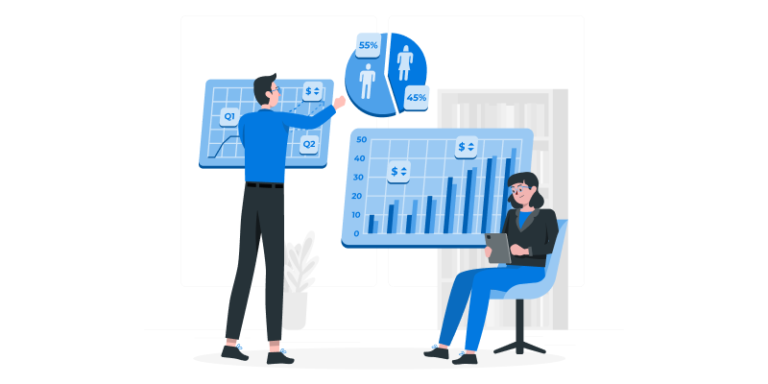Introduction
In today’s competitive business landscape, retaining customers is as crucial as acquiring new ones. Customer Relationship Management (CRM) systems have emerged as vital tools in fostering customer loyalty and reducing churn. By effectively utilizing CRM strategies for retention, businesses can cultivate enduring relationships, leading to sustained growth and profitability.
Understanding Customer Retention
Customer retention refers to a company’s ability to keep its customers over time. High retention rates indicate satisfied customers who are likely to make repeat purchases, thereby increasing the Customer Lifetime Value (CLV). According to studies, increasing retention by just 5% can boost profits by up to 95%.
The Role of CRM in Customer Retention
A well-implemented CRM system serves as a centralized repository for customer data, enabling businesses to understand and anticipate customer needs effectively. By leveraging CRM customer retention strategies, companies can personalize interactions, streamline communication, and proactively address issues, all of which contribute to enhanced customer loyalty.
Key CRM Strategies for Enhancing Customer Retention

1. Personalized Communication
Utilizing CRM data to tailor communications ensures that customers receive relevant and timely information. Personalized emails, offers, and recommendations demonstrate that a company values its customers’ unique preferences, fostering a stronger connection.
2. Efficient Onboarding Processes
A seamless onboarding experience sets the tone for the customer relationship. CRM systems can automate welcome emails, provide tutorials, and schedule follow-ups, ensuring that new customers feel supported from the outset.
3. Proactive Customer Support
CRM tools enable businesses to track customer interactions and identify potential issues before they escalate. By addressing concerns proactively, companies can enhance customer satisfaction and reduce the likelihood of churn.
4. Loyalty Programs and Rewards
Integrating loyalty programs within the CRM allows for tracking customer purchases and rewarding repeat business. Such initiatives not only incentivize continued patronage but also provide valuable data on customer behavior.
5. Gathering and Acting on Customer Feedback
CRM systems facilitate the collection of customer feedback through surveys and direct communications. Analyzing this data helps businesses identify areas for improvement and demonstrate a commitment to meeting customer expectations.
6. Segmentation and Targeted Marketing
By segmenting customers based on demographics, purchase history, and behavior, CRM systems enable targeted marketing campaigns. This approach ensures that customers receive offers and information pertinent to their interests, increasing engagement and retention.
7. Utilizing Predictive Analytics
Advanced CRM systems employ predictive analytics to forecast customer behavior and identify those at risk of churning. Armed with this information, businesses can implement retention techniques, such as personalized offers or proactive outreach, to retain valuable customers.
Measuring the Impact of CRM on Customer Retention

To assess the effectiveness of CRM retention techniques, businesses should monitor key metrics, including:
- Customer Retention Rate (CRR): Indicates the percentage of customers retained over a specific period.
- Customer Lifetime Value (CLV): Measures the total revenue a business can expect from a single customer account.
- Net Promoter Score (NPS): Evaluates customer satisfaction and loyalty based on their likelihood to recommend the company to others.
Regular analysis of these metrics allows businesses to refine their CRM strategies for retention and ensure continuous improvement.
Conclusion
Effectively leveraging CRM features that aid in customer retention is paramount for businesses aiming to foster long-term relationships and drive sustainable growth. By implementing personalized communication, proactive support, and targeted marketing strategies, companies can enhance customer loyalty and reduce churn. Continuous measurement and refinement of these approaches will ensure that CRM remains a powerful tool in the quest for customer retention.




